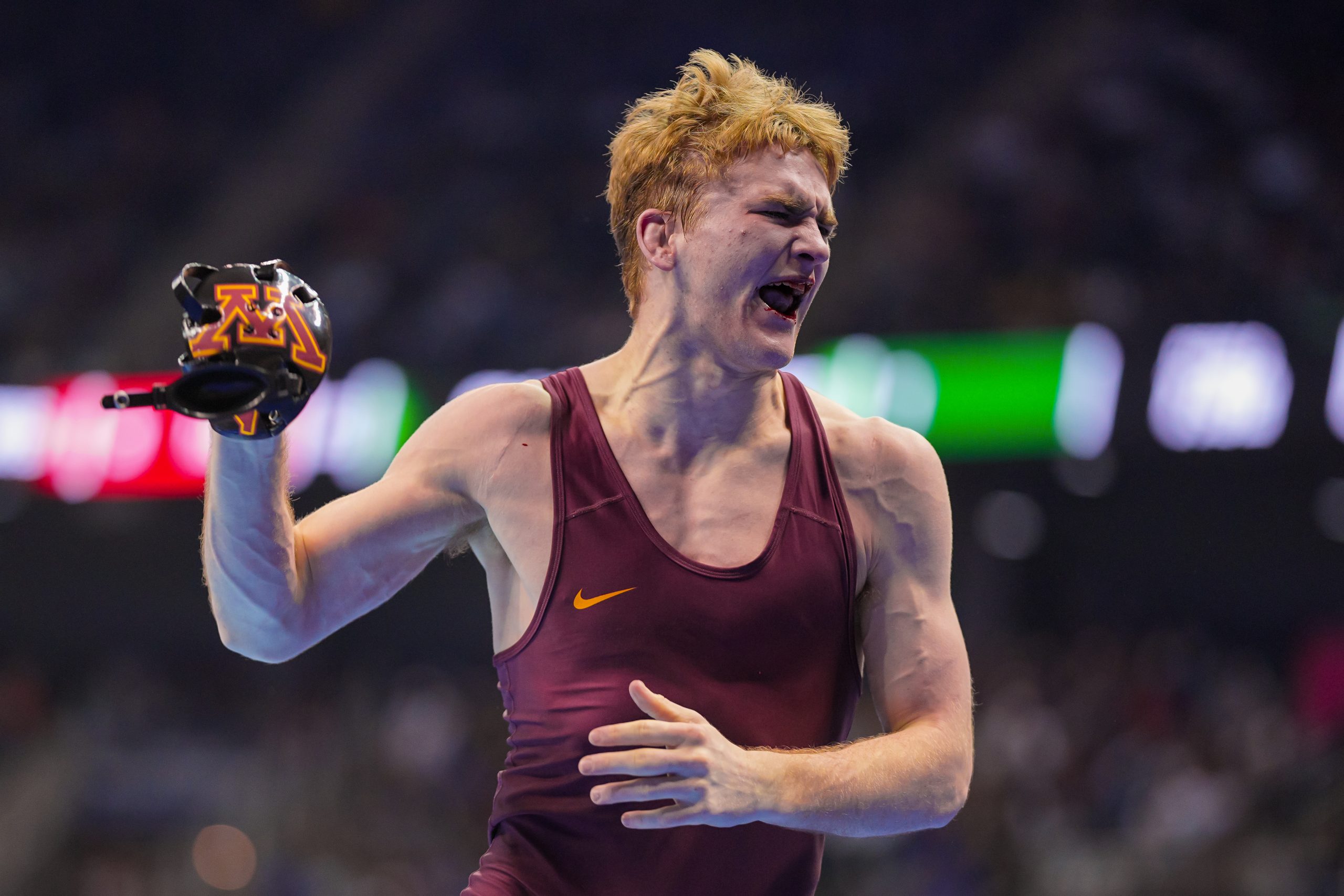Last week, the U.S. Supreme Court agreed with a landmark appeals court ruling that a prestigious university discriminated against female athletes. The court let stand a lower court ruling in Cohen v. Brown (University), which was filed in 1992 after the Ivy League school dropped two women’s varsity programs. Brown officials argued that financial constraints made the cuts necessary, but the First Circuit Court of Appeals ruled that the school had violated Title IX, a 1972 federal law that requires gender equality in educational activities, including sports. The Supreme Court’s position is critical for federally funded schools that stand to lose money if they fail to comply with Title IX. Before the case, Brown was considered a leader in providing opportunities for women athletes. Now that its athletics department is deemed discriminatory, others are likely in violation of the law, as well.
Under Title IX, the percentage of varsity sports opportunities available for women must be substantially proportionate to their enrollment in the student body. To counter the lawsuit, Brown asserted that the percentage should actually be proportionate to those women who are interested and able to participate in sports. At that school, the ratio of males to females participating in intramural sports was 8-to-1, signaling a higher demand for athletics among men. Consequently, Brown maintained that the First Circuit ruling demands that schools must resort to unfair quotas and discrimination against men.
Indeed, tight budgets have prompted some schools to cut men’s teams in order to add or expand women’s teams. Since 1972, 256 colleges have scrapped wrestling. In 1991 alone, the University of Wisconsin shed five athletics programs for men. And last year, the University of Wyoming disbanded its baseball team. But instead of cutting men’s sports, many schools have sought corporate sponsorship and donations or lobbied for more public funds. Since 1992, in fact, many schools have successfully increased women’s opportunities without jeopardizing men’s. This includes Brown, which restored the two women’s teams it cut and added women’s crew, equestrian and water polo without risking any men’s program.
The University of Minnesota has complied with the spirit of Title IX without resorting to major cuts in men’s programs. In 1992, the Big Ten Conference announced a five-year plan to bring the male-to-female athlete ratio to 60-to-40. That year, the University clearly was in violation of Title IX — 377 male athletes competed on 11 teams while 160 women made up nine teams, a male-to-female ratio of about 70-to-30. Varsity soccer has since been added, and during this school year, 367 men and 235 women will compete in varsity programs — a near 60-to-40 split. Moreover, with the addition of women’s hockey next year, the school will easily exceed the Big Ten guideline.
Title IX was designed to increase opportunities for female athletes, but it’s been shamelessly used as a scapegoat for the loss of men’s athletics programs. With the recent federal court action, it’s obvious that schools can no longer ignore the gender equity law. Fearing lawsuits and funding cuts, schools must find alternative ways to provide equal opportunity for male and female athletes.










